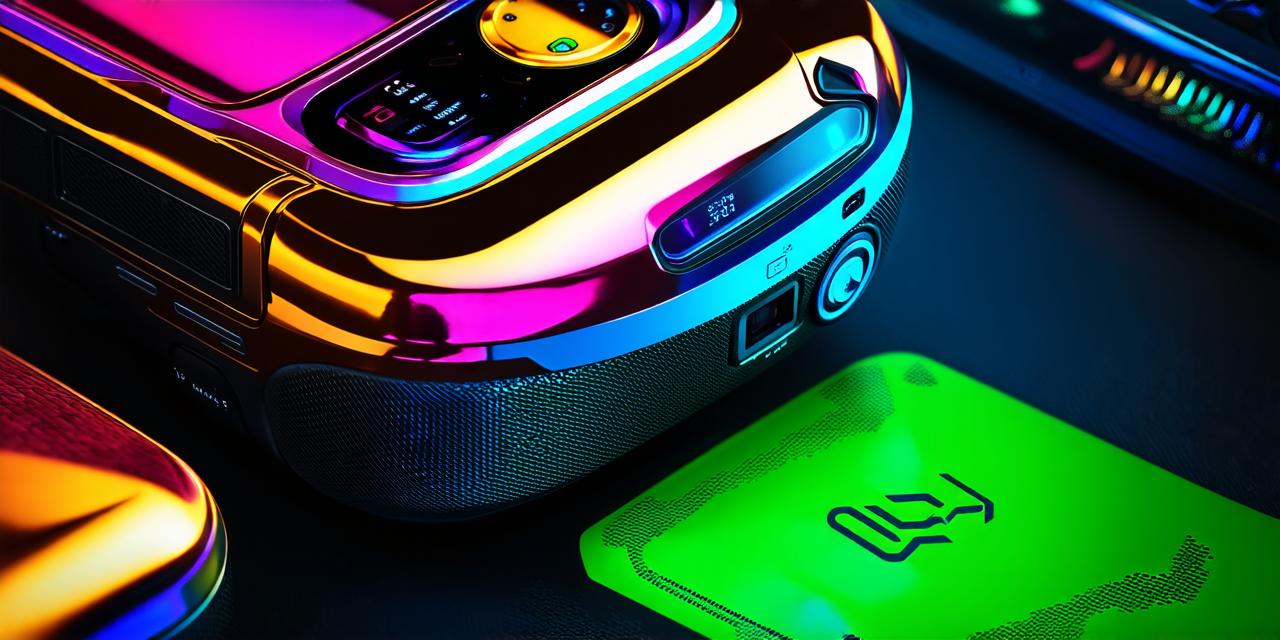Augmented Reality (AR) and Virtual Reality (VR) technologies have revolutionized the way we interact with digital content. These immersive experiences have found applications in various industries, including gaming, education, healthcare, and real estate. As these technologies continue to evolve, developers need robust tools to create engaging and interactive experiences.
Introduction
Unity is one of the most popular game engines used for AR and VR development. It provides a comprehensive set of tools that enable developers to create 2D, 3D, and AR/VR games and applications. Unity’s user-friendly interface and extensive library of assets make it easy for beginners to get started with AR/VR development.
1. Unity
Unity is one of the most popular game engines used for AR and VR development. It provides a comprehensive set of tools that enable developers to create 2D, 3D, and AR/VR games and applications. Unity’s user-friendly interface and extensive library of assets make it easy for beginners to get started with AR/VR development.
Case Study: The AR Experience in the IKEA Place App
The IKEA Place app is an excellent example of how AR can enhance the shopping experience. The app uses Unity to create a virtual room where users can place and interact with IKEA products. This AR experience helps customers visualize how furniture will look in their home, leading to more informed purchase decisions.
2. Unreal Engine
Unreal Engine is another popular game engine that supports AR/VR development. It provides advanced features such as real-time ray tracing, motion capture, and physics simulation, making it suitable for creating highly realistic and interactive experiences. Unreal Engine also has a vast library of assets and plugins to help developers get started quickly.
Case Study: The VR Experience in the Tilt Brush App
The Tilt Brush app is a popular VR painting application that uses Unreal Engine to create immersive painting experiences. Users can create 3D objects, manipulate them with their hands, and paint on them using virtual brushes. This VR experience allows users to explore their creativity in a whole new way.
3. A-Frame
A-Frame is an open-source web framework for creating AR/VR experiences. It provides a simple and intuitive way to create immersive experiences without the need for specialized skills or tools. A-Frame supports HTML, CSS, and JavaScript, making it easy for web developers to integrate AR/VR functionality into their websites.
Case Study: The AR Experience in the Pokemon Go App
Pokemon Go is an excellent example of how AR can be used for gaming and entertainment. The app uses A-Frame to create a virtual world where users can catch and battle Pok
